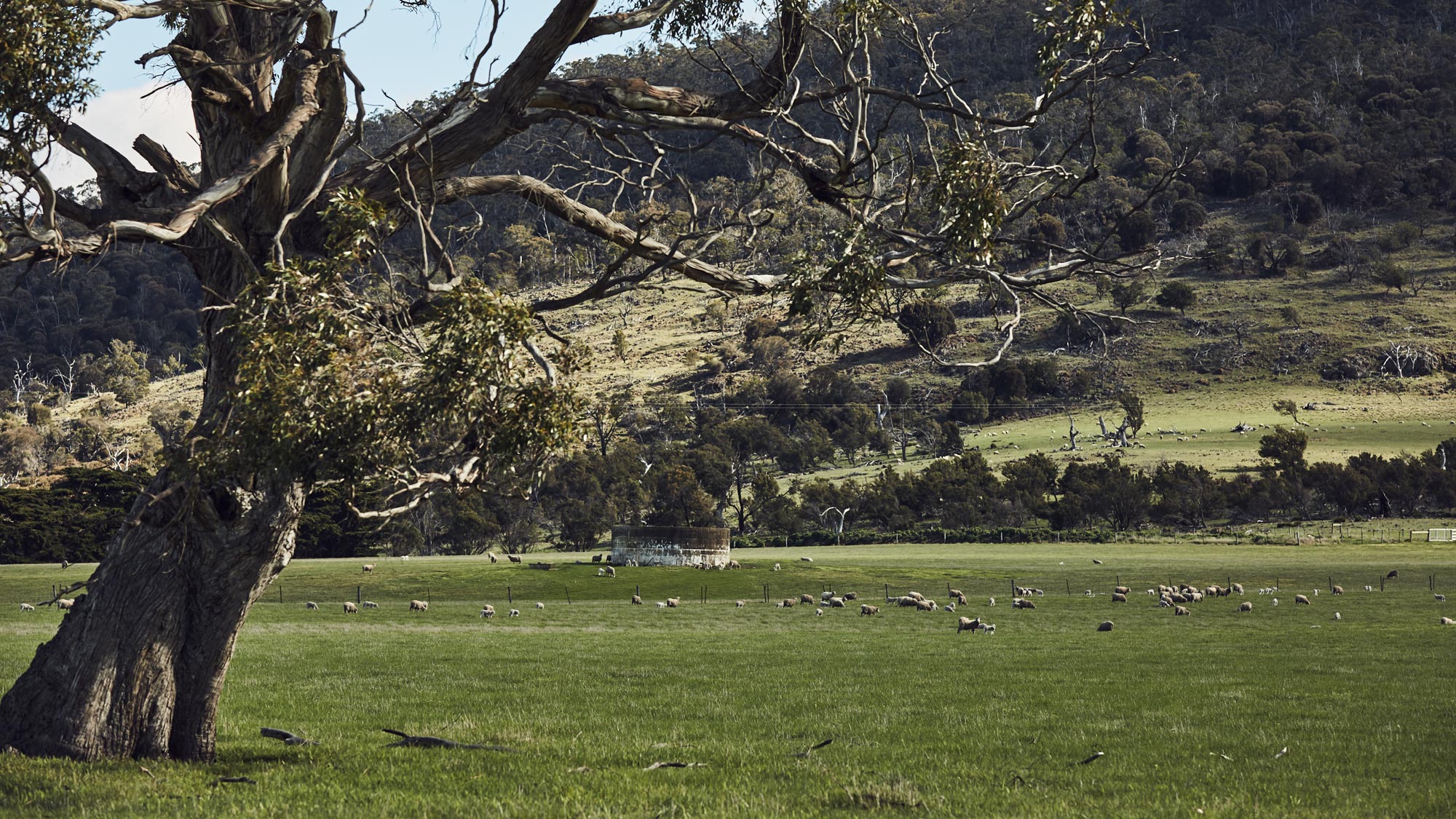Tool 5.11 Species identification resources
Plant species identification resources
| Herbiguide A-Z information on hundreds of weeds. Particularly useful for information on the weed’s lifecycle and identification. |
http://www.herbiguide.com.au/InformationWeeds.aspx |
| Restoration of degraded grazing country in the semi-arid areas of NSW This Primefact sets out a procedure to assist in the restoration of our degraded rangelands. |
Restoration of degraded grazing country in the semi-arid areas of NSW |
| Grazing resources for Rangelands NSW A list of resources on grazing management, native grasses, and invasive scrub. |
https://www.dpi.nsw.gov.au/agriculture/pastures-and-rangelands/rangelands |
| Grassland Flora - a field guide for the Southern Tablelands (NSW and ACT) A field guide with descriptions and photos of about 300 species in grasslands in Southern Tablelands and elsewhere in south-eastern Australia. |
https://botanicalbookshop.com.au/products/grassland-flora-field-guide-for-sthn-tbl |
| Grass Identification Manual – for Everyone A pictorial guide of 78 native and exotic grasses commonly found around Adelaide and in the Mount Lofty Ranges, South Australia. |
https://nativegrassresourcesgroup.wordpress.com/welcome/publications/ |
| Native Plant or Weed Pick the difference between native plants and weeds with this essential field guide for land carers, farmers and bush regenerators in coastal and high-rainfall areas. |
https://www.tocal.nsw.edu.au/publications/plant-disease-pests-and-weeds/native-weed-book |
| Managing Tasmanian Native Pastures – a Technical Guide for Graziers This guide provides information about managing native pastures in Tasmania. The emphasis is on the conservation and sustainable management of these semi-natural ecosystems in the context of a productive farm enterprise. Sheep grazing on native pastures can maintain and enhance biodiversity values. |
https://nre.tas.gov.au/conservation/publications-forms-and-permits/publications/managing-tasmanian-native-pastures |
| MLA Pasture Paramedic A decision-making tool that allows rapid assessment of pasture condition in the medium to high rainfall zones of southern Australia, northern NSW and the WA wheatbelt. |
https://www.mla.com.au/extension-training-and-tools/tools-calculators/pasture-paramedic/ |
Insect identification resources
| Insects – A field guide to insects in Australia Over 300 colour photographs that show the insects in their natural habitat, and the line drawings clearly illustrate subtle differences where identification is tricky. |
Insects – A field guide to insects in Australia |
| CSIRO insect guide Provides identification keys and information to the 600+ insect families of Australia. |
https://www.ento.csiro.au/education/index.html |
| Cesar Insect identification A identification guide of over 50 agricultural invertebrate pests and management options for control. |
https://cesaraustralia.com/pestnotes/ |
| Integrated pest management (IPM) in crops and pastures IPM systems can increase biodiversity on mixed farming enterprises and reduce the environmental impact of the business. |
Integrated pest management (IPM) in crops and pastures |
| The Beatsheet The latest research and tools for pest management for Australia’s northern grains region, but it has a lot of information relevant to pasture insects |
The Beatsheet |
| Good bug? Bad bug? A quick identification guide for pest and beneficial insects in summer pulses, soybeans, peanuts and chickpeas. Though this guide is cropping-focused, it contains great species identification, and a lot of the bugs are common to pastures. |
Good bug? Bad bug? |






